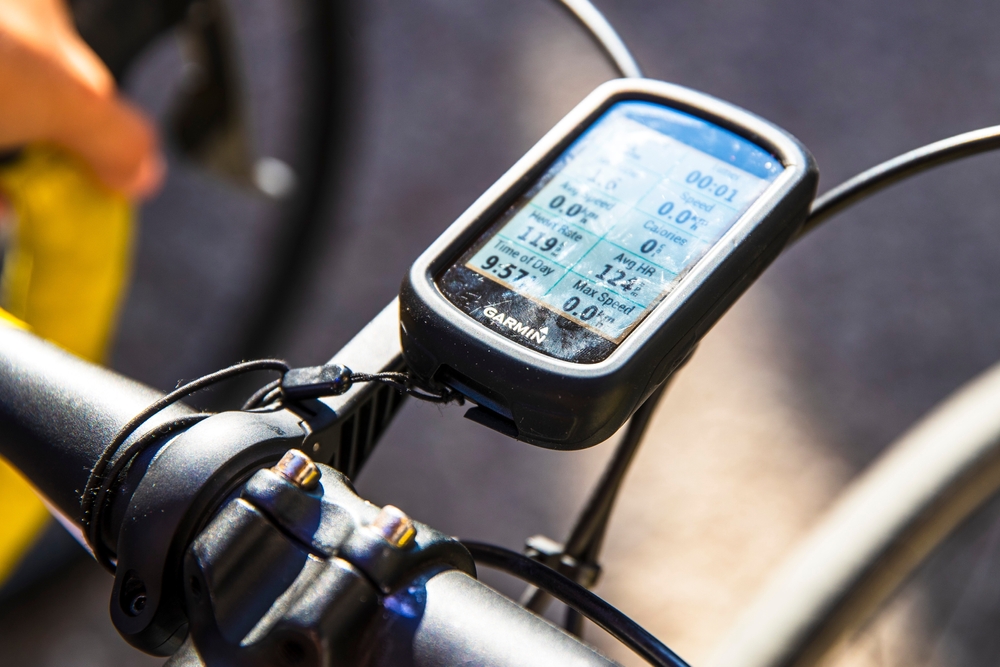When discussing the equipment used by professional cyclists, one common question that often arises is whether pro bikes have gears. The simple answer is yes, the majority of professional road bikes are equipped with gears, which are crucial for providing riders with the flexibility and efficiency needed to navigate various terrains and racing situations. However, the answer becomes more nuanced depending on the type of cycling and the specific conditions of the race or event.
In professional road racing, bicycles are equipped with sophisticated gearing systems that allow riders to adjust their pedaling speed to match the terrain. These bikes typically feature a combination of front and rear derailleurs, with multiple chainrings at the front and a range of cogs at the rear, forming what is known as a cassette. This setup enables cyclists to choose from a wide range of gears, making it easier to climb steep hills, accelerate quickly, or maintain high speeds on flat sections.
The number of gears on a professional road bike can vary, but it is common to see bikes with 20 to 22 gears. The exact configuration can depend on the bike manufacturer, the specific components used, and the preferences of the cyclist or their team. Advanced materials and engineering are employed to ensure that these gearing systems are as lightweight and reliable as possible, considering that even a small amount of additional weight can impact a cyclist’s performance in a race.
Contrastingly, in track cycling, the scenario is quite different. Track bicycles, used in velodrome racing, are designed for high-speed racing in a controlled environment where the terrain does not vary. These bikes are built for simplicity and speed, featuring a single fixed gear and no freewheel mechanism. This means the pedal movement is directly linked to the wheel movement; if the rear wheel is turning, the pedals are too. The absence of gears and derailleurs reduces weight and maintenance while maximizing the transfer of power from the cyclist to the track.
The choice of gearing in track cycling is strategic and dependent on the event and individual racer’s strategy and physiology. Cyclists select their gear ratio—basically, the size relationship between the front chainring and the rear cog—based on their desired cadence and the specific demands of the race. Once chosen, this gear ratio cannot be changed during the race, making pre-race decisions about gearing critical.
Mountain biking, another discipline where professionals compete, also relies heavily on gear systems, but with some differences from road bikes. Given the challenging and often unpredictable terrain, mountain bikes are equipped with gears that are robust and capable of handling wide variations in gradient and surface. These bikes typically have a greater range of gears than road bikes to cope with steep climbs and rapid descents.
The technology in professional cycling continues to evolve, with electronic shifting becoming more prevalent. This system uses motors to shift gears at the push of a button, providing precise and quick gear changes that are less affected by dirt, mud, or mechanical wear. Electronic shifting systems are found in both road and mountain biking at the professional level.
In conclusion, professional bikes do have gears, but the type and complexity of the gear system vary widely depending on the cycling discipline. Road bikes are equipped with multiple gears to handle a variety of racing conditions. In contrast, track bikes use a single fixed gear suited for the consistent, high-speed demands of velodrome races, and mountain bikes feature durable gears for navigating challenging landscapes. Across all disciplines, the integration of advanced technology and materials ensures that these gear systems enhance performance, offering the precision and reliability that professional cyclists require.






